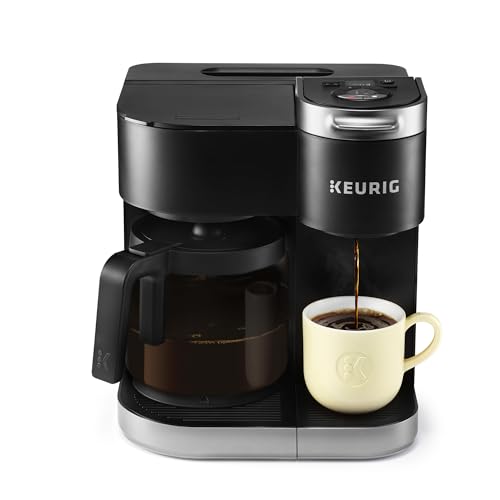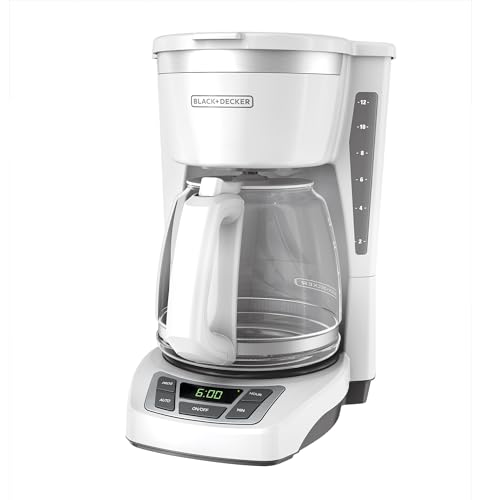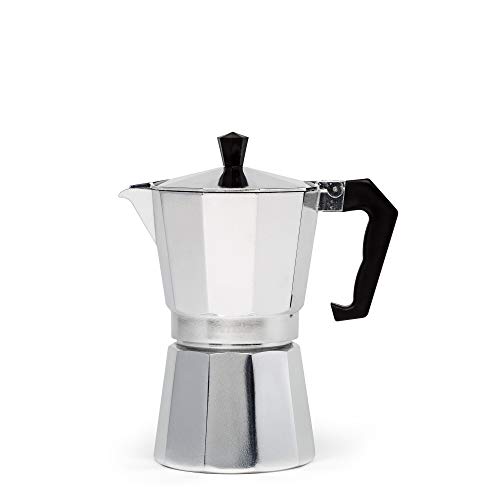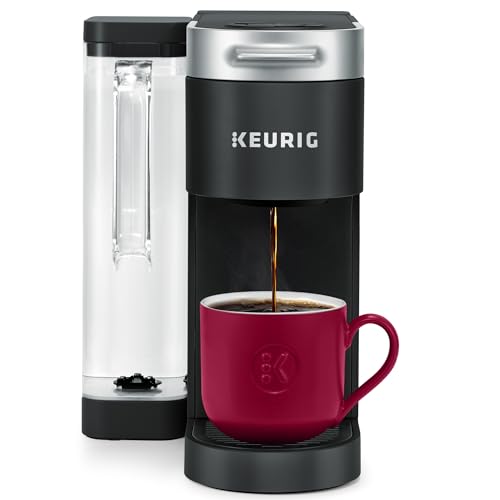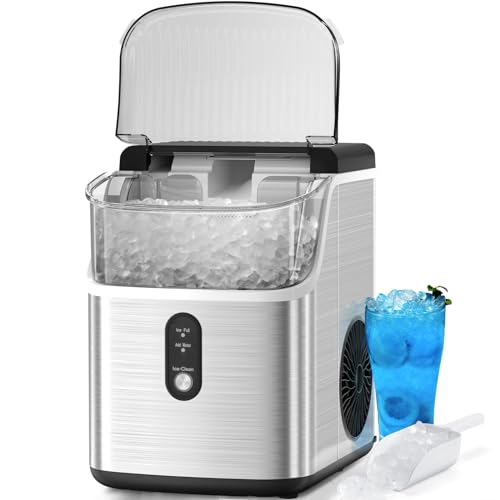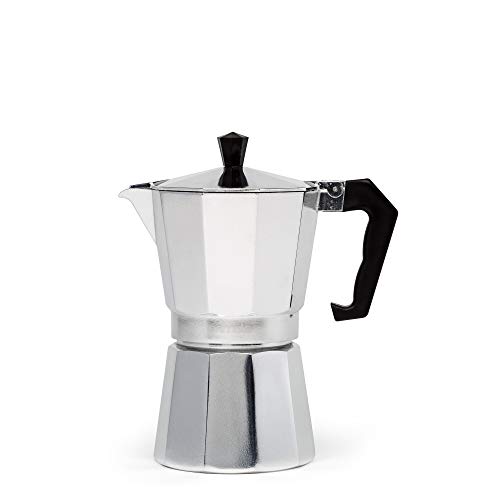“How To Use KitchenAid Food Processor” is a topic that garners interest from culinary enthusiasts and novices alike. This versatile kitchen appliance brings a level of efficiency and creativity in the kitchen that is unmatched. With its wide array of attachments and functions, it can do everything from slicing vegetables to kneading dough.
Yet, for all its advantages, the KitchenAid Food Processor can seem intimidating to first-time users. The variety of options, while beneficial, can also lead to confusion without proper guidance. This article aims to dispel that uncertainty and give you an easy-to-follow guide on how to use your KitchenAid Food Processor effectively and efficiently.
By the end, you’ll not only understand the functionality of each attachment but also gain confidence in applying these tools in your everyday cooking. Whether you’re an experienced chef or just starting your culinary journey, this guide promises to add value to your kitchen experience.
- How To Use KitchenAid Food Processor
- FAQs
- How often should I replace the blade on my KitchenAid Food Processor?
- Can I process hot ingredients in my KitchenAid Food Processor?
- What is the best way to process meat in the KitchenAid Food Processor?
- Why is my food processor creating unevenly chopped ingredients?
- Can I knead dough in my KitchenAid Food Processor?
- Final Thought
How To Use KitchenAid Food Processor
Let’s start with the basics – attaching the bowl and the blade. Ensure that your food processor is unplugged before you start. Place the work bowl on the base, aligning the handle with the marking on the base. Lock it into place by turning it clockwise.
Next, choose the blade or disc you want to use. For chopping, use the multi-purpose blade. Place it on the power shaft inside the bowl, making sure it’s sitting flat on the bottom. For slicing or shredding, use the disc. You’ll need to first insert the disc stem onto the power shaft, then place the disc on top, aligning the two notches on the disc with the grooves on the stem.
You’re now ready to start using your food processor! Plug in the appliance, add your ingredients into the bowl, and secure the lid. Use the pulse button for short bursts of power, or choose a speed setting for continuous operation. Always start with the lowest speed setting and gradually increase as needed.
Don’t overload the work bowl – there’s a maximum fill line for a reason. Overloading can cause the motor to strain and reduce the efficiency of your food processor. When you’re done, always unplug the appliance before removing the lid and blade.
Finally, clean-up is a breeze with the KitchenAid Food Processor. Most parts are dishwasher-safe, so you can simply pop them in the dishwasher. Make sure to carefully wash the blades and discs by hand though, to keep them sharp and effective. Always dry all parts thoroughly before storing to prevent any bacterial growth.
By mastering these basic steps, you’ll be well on your way to making the most out of your KitchenAid Food Processor. Happy cooking!
See more: What’s The Difference Between a Food Processor and a Blender?
FAQs
While the steps above provide a basic understanding of how to use your KitchenAid Food Processor, there may be some additional questions you have related to its functionality or maintenance. Repeated use, handling different types of ingredients, cleaning practices, or simply getting familiar with the various settings, can lead to a gamut of queries. Fear not, as we’ve compiled a list of frequently asked questions and their detailed answers to help you navigate the world of this incredibly useful appliance.
How often should I replace the blade on my KitchenAid Food Processor?
The longevity of the blades in your food processor will largely depend on the frequency of usage and the types of food you often process. In general, the blades are designed to stay sharp for a long time, and you might not need to replace them for several years.
However, if you notice that the performance of the appliance is decreasing, or the blade is not as sharp as it used to be, it would be advisable to consider replacing it. Remember, the effectiveness of your food processor relies heavily on the sharpness of its blades.
Can I process hot ingredients in my KitchenAid Food Processor?
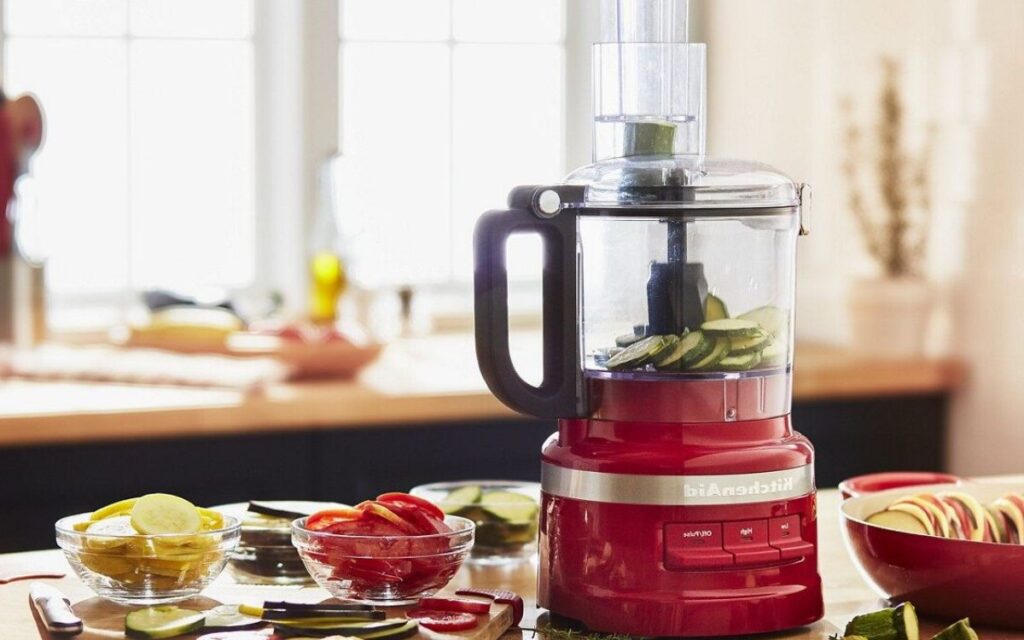
As a safety precaution, it’s not recommended to process hot ingredients in your KitchenAid Food Processor. Hot ingredients can create steam inside the work bowl, which might potentially cause harm when opening the lid.
Additionally, exposure to high temperatures may warp or damage the plastic components of the food processor. It’s always best to allow hot ingredients to cool to room temperature before processing them.
What is the best way to process meat in the KitchenAid Food Processor?
When processing meat, make sure it’s cut into uniform pieces, roughly 1-inch in size. This helps ensure consistent results. Use the pulse function to control the texture – a few pulses for coarsely chopped meat, or more pulses for a finer consistency.
Be careful not to over-process as it can make the meat paste-like. It’s also recommended to chill the meat before processing to prevent it from sticking to the blade or the work bowl.
Why is my food processor creating unevenly chopped ingredients?
If your ingredients are coming out unevenly chopped, it could be due to several reasons. Firstly, make sure the ingredients are cut into uniform pieces before processing. The size of the pieces can significantly affect the outcome.
Secondly, don’t overload the work bowl. Overloading can lead to inconsistent results as the blade can’t effectively reach all the ingredients. Lastly, use the pulse function for better control over the chopping process.
Can I knead dough in my KitchenAid Food Processor?
Yes, you can knead dough in your KitchenAid Food Processor by using the dough blade, also known as the plastic blade. It’s important not to exceed the recommended amount of flour mentioned in your user manual, as overloading can strain the motor.
Start by adding dry ingredients first, followed by wet ones. Use the pulse function to combine the ingredients, then let the machine run until the dough forms a ball. The dough should be elastic and slightly sticky. If it’s too dry, add water a tablespoon at a time; if it’s too wet, add flour a tablespoon at a time.
Final Thought
Mastering the use of the KitchenAid Food Processor can revolutionize your kitchen experience. This versatile appliance not only saves you significant time and effort but also allows for culinary creativity. From coarsely chopped vegetables to finely ground nuts, the possibilities are endless.
Using it correctly, however, requires understanding its capabilities and limitations. As highlighted in the FAQs, it’s essential to consider factors like the size of food pieces, the load in the work bowl, and the temperature of ingredients. Proper care and maintenance, such as timely blade replacement and correct cleaning practices, can also significantly extend its life.
While the Food Processor is an excellent tool for chopping, slicing, and shredding, it can also handle more complex tasks like kneading dough. This function can make baking bread or making pasta at home a breeze, all while ensuring control over your ingredients.
Ultimately, a KitchenAid Food Processor is a valuable addition to any kitchen, offering both practicality and versatility. By following the guidelines and tips shared above, you can maximize its potential and make your culinary endeavors more enjoyable and efficient. Happy cooking!
